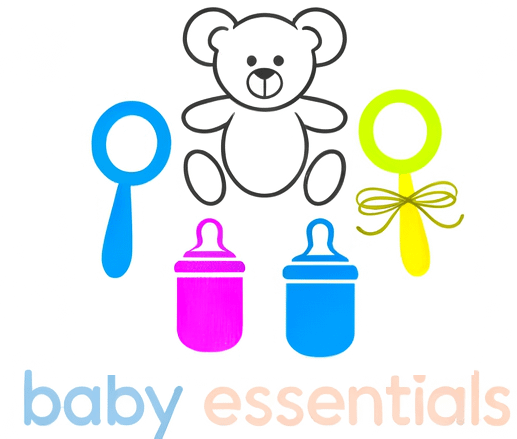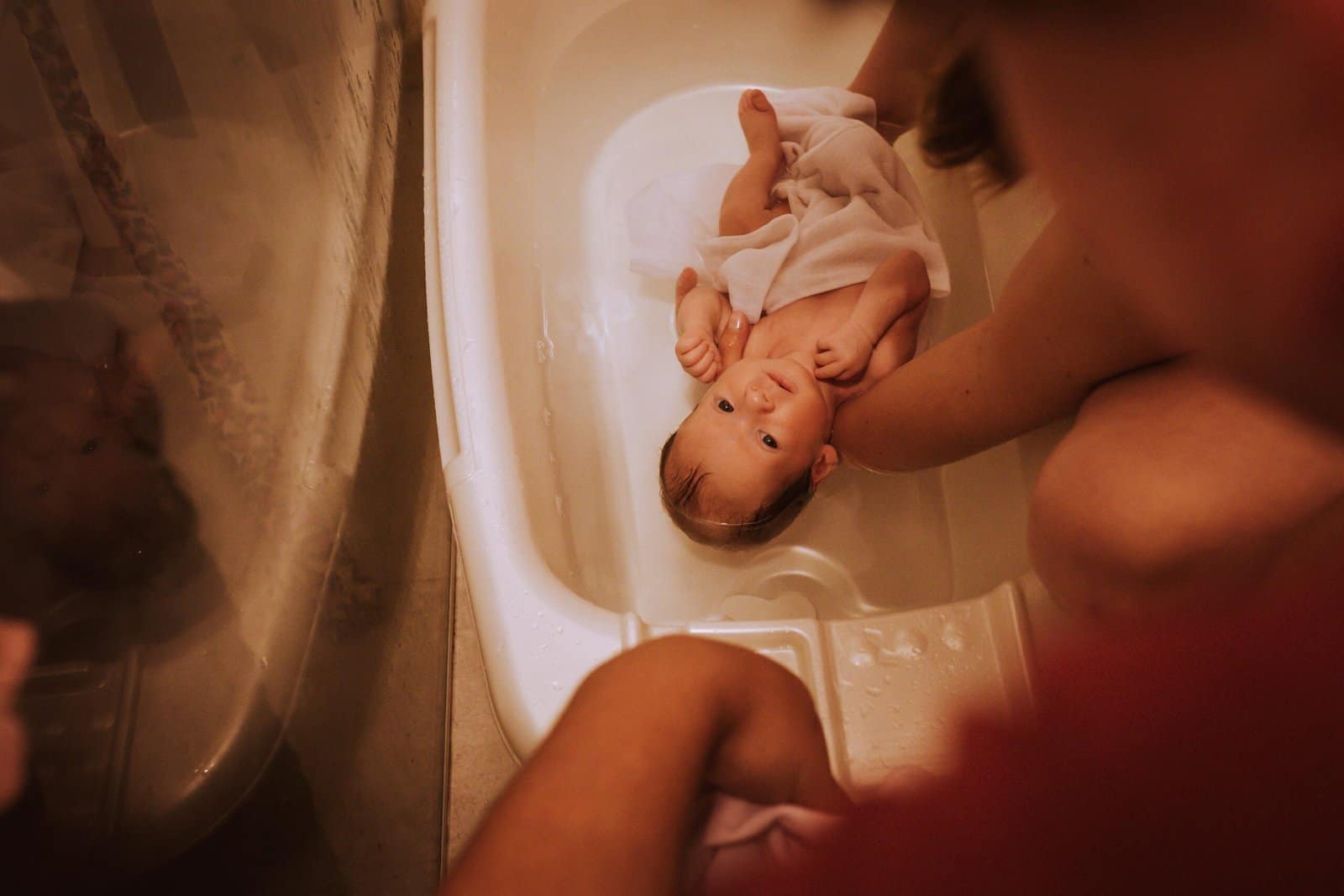Welcoming a newborn into your life brings moments of joy, wonder, and, understandably, a few anxieties, especially when it comes to their first bath. Bathing your baby is not only about cleanliness; it’s a special time to bond, soothe, and nurture. This in-depth Newborn Bathing Guide covers everything parents need to know about newborn bathing, including when to start, how often to bathe, step-by-step instructions, safety tips, and expert advice for making bath time a positive experience for you and your baby. For a comprehensive understanding, refer to this Newborn Bathing Guide whenever you have questions. This Newborn Bathing Guide is essential for new parents.
Understanding Newborn Skin and Bathing Needs
This Newborn Bathing Guide will help you navigate through the early days with confidence.
Understanding your baby’s needs is key in this Newborn Bathing Guide to ensure a safe bathing experience.
Newborn skin is delicate, sensitive, and still developing its natural protective barrier. Over-bathing or using harsh products can disrupt this barrier, leading to dryness or irritation. For this reason, most experts recommend minimal bathing in the first few weeks, focusing instead on gentle cleaning and protecting your baby’s skin microbiome.
Why Not Bathe Every Day?
This Newborn Bathing Guide provides insights on timing for your baby’s first bath.
- Frequent bathing can strip away natural oils, leading to dry or irritated skin.
- Daily “top and tail” cleaning (face, neck, hands, and nappy area) is sufficient between baths.
- Bathing can be increased if your baby enjoys it or if there’s a specific need, such as nappy rash.
When to Give Your Baby Their First Bath
Timing the First Bath
With the right knowledge, as provided in this Newborn Bathing Guide, you can make informed decisions for your baby’s bath time.
- The World Health Organisation recommends delaying the first bath for at least 24 hours after birth, or at least 6 hours if a full day isn’t possible.
- Delaying the first bath helps regulate your baby’s body temperature, supports skin-to-skin bonding, and protects the developing skin barrier.
- In the first few days, stick to “top and tail” cleaning with warm water and cotton wool.
Signs Your Baby Is Ready
- The umbilical cord stump has fallen off, and the area is healed (usually within 1–2 weeks).
- Your baby is alert, content, and not hungry or tired.
How Often Should You Bathe Your Newborn?
- 2–3 times per week is sufficient for most newborns.
- Daily baths are not necessary unless your baby enjoys them or has a specific need, such as nappy rash.
- Between baths, clean your baby’s face, neck, hands, and nappy area daily (“top and tailing”).
Preparing for Bath Time
Gather Your Supplies
Before you start, have everything ready and within arm’s reach:
This Newborn Bathing Guide will help you gather all the necessary items for bath time.
- Baby bath or clean bowl/sink
- Two towels (one for drying, one for warmth)
- Cotton wool or soft washcloths
- Mild, fragrance-free baby soap (optional, not needed in the first month)
- Clean nappy and clothes
- Baby bath thermometer (optional)
- Sponge (optional)
- Clean diaper cream (optional)
Prepare the Environment
- Ensure the room is warm—babies lose heat quickly.
- Fill the bath with cold water first, then add hot, mixing well to avoid hot spots.
- Water should be about 8–10 cm deep.
- Check the temperature with your elbow or wrist; it should feel warm, not hot (about 37–38°C / 98–100°F).
- Keep your phone and distractions away—never leave your baby unattended in the bath, even for a moment.
Step-by-Step Guide: Bathing Your Newborn
1. Sponge Bath (Before Umbilical Cord Falls Off)
- Lay your baby on a flat, safe surface (changing mat, bed, or towel on the floor).
- Keep your baby wrapped in a towel, exposing only the area you are washing to keep them warm.
- Use a bowl of lukewarm water and cotton wool or a soft washcloth.
- Clean the face first, using a fresh piece of cotton wool for each eye, wiping from nose outward.
- Clean around the ears (never inside), neck, and hands.
- Remove the nappy and gently clean the bottom and genital area with fresh cotton wool and water.
- Dry each area gently before moving on.
- Dress your baby in a clean nappy and clothes.
2. Tub Bath (After Umbilical Cord Heals)
- Fill the baby bath with water (8–10 cm deep, 37–38°C).
- Hold your baby securely with one arm supporting the head and neck, and the other holding their body.
- Gently lower your baby into the bath, feet first, keeping their head above water.
- Use your free hand to pour water over your baby’s body for warmth.
- Use a soft washcloth to gently clean the face and scalp first, then the rest of the body, paying attention to creases.
- If using soap, choose a mild, fragrance-free baby soap and use sparingly.
- Rinse off any soap thoroughly.
- After a few minutes, lift your baby out, supporting their head and neck, and wrap them in a warm towel.
- Gently pat dry, especially in skin folds and creases.
- Dress your baby in a clean nappy and clothes.
Bathing With Your Baby
Some parents enjoy bathing with their newborn for skin-to-skin bonding. If you choose this, ensure another adult is present to help:
- Fill the tub with warm water (37–38°C).
- The parent enters the bath first, then the baby is gently placed on the parent’s chest, facing up.
- Keep your baby’s face out of the water and support their back and bottom.
- Have a partner help with washing and lifting the baby out.
- Always prioritise safety and never attempt this alone.
Top and Tailing: Daily Gentle Cleaning
“Top and tailing” is a simple way to keep your baby clean between baths:
- Use two bowls of warm water, one for the face and one for the bottom.
- Use cotton wool or a soft washcloth for gentle cleaning.
- Clean the eyes, face, neck, hands, and nappy area.
- Dry carefully and dress your baby.
Bath Safety Tips
Consult this Newborn Bathing Guide for tips on ensuring your baby’s first bath goes smoothly.
- Never leave your baby unattended in the bath—not even for a second.
- Have all supplies within reach before starting.
- Always keep one hand on your baby during the bath.
- Use a bath support or a non-slip mat if needed, but never rely solely on bath seats.
- Check water temperature every time—babies are sensitive to heat and can burn easily.
- Avoid distractions (phones, doorbells, other children) during bath time.
- After the bath, empty the tub immediately to prevent accidents.
Choosing the Right Bath Products and Equipment
Baby Bath Options
- Baby bath tub: Hard plastic with a sloped, textured surface or sling for support.
- Sink: Lined with a clean towel for comfort and grip.
- Bathinette: A portable baby bath stand.
Bath Products
- Use only plain water for the first month; avoid soaps, lotions, or oils unless recommended by your healthcare provider.
- If needed, choose mild, fragrance-free baby products designed for sensitive skin.
- Avoid adult soaps, bubble baths, and scented products.
When Is the Best Time of Day to Bathe Your Newborn?
- Choose a time when your baby is awake, alert, and content.
- Avoid bathing when your baby is hungry, tired, or right after a feed.
- Many parents find evening baths help soothe babies before bedtime, but any calm, unhurried time is fine.
Utilising the tips in this Newborn Bathing Guide, you can easily manage your baby’s first bath.
Special Bathing Considerations
Umbilical Cord Care
- Keep the cord stump dry until it falls off (1–2 weeks).
- Only sponge bathe until the area is healed.
- If you notice redness, swelling, or discharge, contact your healthcare provider.
Circumcision Care
- Follow your doctor’s instructions; usually, sponge baths are recommended until the area heals.
Baby’s First Baths
- Your baby may cry or seem unsure at first—this is normal.
- Keep baths short (5–10 minutes) and gentle.
- If your baby dislikes the bath, try sponge baths for a few more days and try again later.
After the Bath: Drying and Moisturising
- Wrap your baby in a warm towel immediately after the bath.
- Pat dry gently, paying attention to creases (neck, armpits, groin, behind ears).
- Avoid using lotions or oils until after the first month unless your baby’s skin is very dry and your healthcare provider recommends it.
- Dress your baby in a clean nappy and clothes.
Frequently Asked Questions
When should I give my baby their first bath?
Wait at least 24 hours after birth, or at least 6 hours if a full day isn’t possible. In the first days, stick to “top and tail” cleaning.
How often should I bathe my newborn?
2–3 times per week is enough. Daily baths are not necessary unless your baby enjoys them or has a specific need.
What temperature should the bath water be?
About 37–38°C (98–100°F). Always check with your elbow or wrist.
Can I use soap or shampoo?
Plain water is best for the first month. If needed, use a mild, fragrance-free baby soap sparingly.
What if my baby cries during the bath?
Keep baths short and gentle. Try sponge baths if your baby seems distressed, and try again later.
What is “top and tailing”?
A gentle daily clean of your baby’s face, neck, hands, and nappy area using warm water and cotton wool or a soft cloth.
Tips for Making Bath Time Enjoyable
- Talk or sing to your baby during the bath; your voice is soothing.
- Keep the bath brief and gentle, especially at first.
- Warm the towels before use for extra comfort.
- Try different times of day to see what suits your baby best.
- Make bath time a calm, unhurried bonding experience.
Conclusion
Bathing your newborn is a special ritual that, with preparation and practice, becomes an enjoyable part of your parenting journey. Remember, you only need to bathe your baby 2–3 times per week, with daily gentle cleaning in between. Always prioritise safety, keep your baby warm, and use mild products. Over time, bath time will become a cherished routine for both you and your baby.
If you have any concerns about your baby’s skin, umbilical cord, or overall health, consult your healthcare provider for personalised advice.
References: NHS, American Academy of Dermatology, HealthyChildren.org, Pampers, My Expert Midwife, NCT, Mayo Clinic, Happiest Baby, What to Expect
This Newborn Bathing Guide is filled with essential information for new parents.

